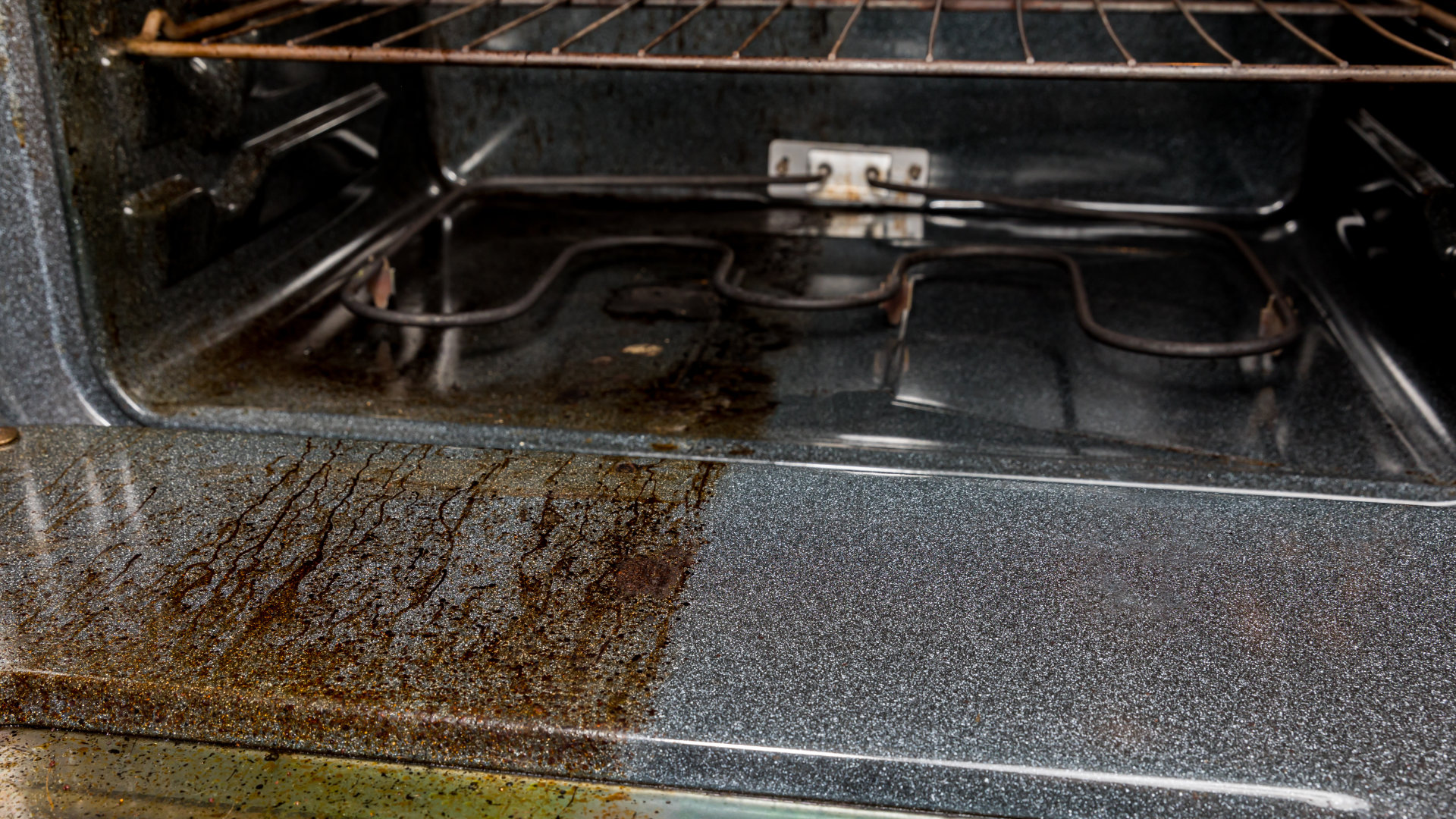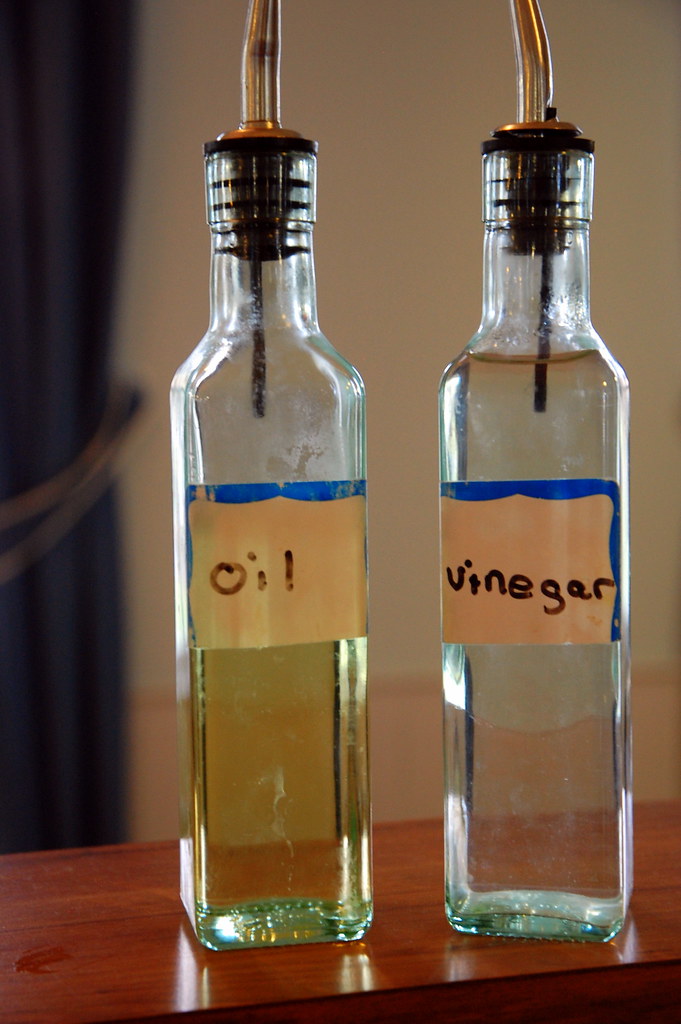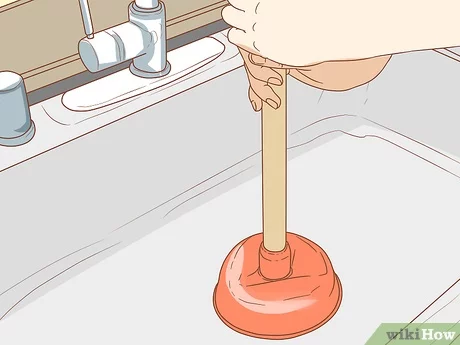How Long Does Self-cleaning Oven Take?
Self-cleaning ovens are a great way to keep your oven clean and free of food mess. They use a high temperature to burn off food residue and grease, leaving behind ash that can be easily wiped away. This process is much faster and more effective than traditional oven cleaning methods. On average, a self-cleaning oven cycle will take between 2 and 4 hours to complete. However, the length of time it takes will vary depending on the oven model and how heavily soiled the oven is.
What is a Self-Cleaning Oven?
Self-cleaning ovens are becoming increasingly popular for their convenience and ease of use. A self-cleaning oven is an oven with a feature that makes it easier to clean. This feature is usually activated by pressing a button on the oven control panel or by turning a dial. Once activated, the oven heats up to an extremely high temperature, burning off any food residue, grease, and dirt that has been left behind. This high temperature also destroys bacteria, mold, and other germs that may be present in the oven. After the self-cleaning cycle is complete, the oven is ready to be used again without the need for scrubbing or the use of harsh chemicals. Self-cleaning ovens are a great way to keep your kitchen clean with minimal effort.
How Does a Self-Cleaning Oven Work?
Self-cleaning ovens are an increasingly popular kitchen appliance that makes oven cleaning a breeze. Self-cleaning ovens use an innovative process to clean the oven without the need for harsh chemical cleaners or scrubbing. But how exactly does a self-cleaning oven work?
The self-cleaning process begins with a high-temperature cycle that lasts anywhere from two to four hours. During this cycle, the oven temperature is increased to about 880°F, which is much higher than the typical baking temperature. This high temperature helps to break down food residue, grease, and other debris.
The heat generated during the cleaning cycle also helps to oxidize the residue and turn it into ash. After the high-heat cycle is complete, the oven doors are locked and the ash is collected and disposed of in a waste container.
The self-cleaning cycle can be activated manually or set for a specific time on a timer. Some ovens also feature a steam cleaning option, which is a gentler version of the self-cleaning cycle. Steam cleaning cycles usually last around 30 minutes and require less energy than the high-heat cycle.
Overall, the self-cleaning cycle of a self-cleaning oven is a convenient and efficient way to keep your oven clean without the need for harsh chemicals or elbow grease. Although the high-heat cycle can take up to four hours, the actual cleaning process is relatively quick and easy.
Benefits of Using a Self-Cleaning Oven
Self-cleaning ovens are becoming increasingly popular as more and more homeowners are looking for convenient ways to keep their kitchens clean. Self-cleaning ovens are designed to make the chore of cleaning your oven much easier and less time-consuming. They use a combination of high temperatures and catalytic coating to burn away food residue without the need for scrubbing or using harsh chemicals. Not only do self-cleaning ovens save time, but they also help to maintain the appearance of your oven and can even extend its lifespan.
Self-cleaning ovens can be incredibly beneficial for busy households or those who don’t have the time to dedicate to traditional oven cleaning. With a self-cleaning oven, you can enjoy the convenience of no-hassle cleaning without having to worry about scrubbing or using harsh chemicals. Additionally, self-cleaning ovens can help to reduce the amount of time and energy you need to spend on oven maintenance. In addition to quickly and efficiently cleaning your oven, self-cleaning ovens also help to reduce the amount of smoke and odor produced when cooking.
Overall, self-cleaning ovens are a great way to save time, money, and effort compared to traditional oven cleaning methods. They help to reduce the amount of time and energy spent on oven maintenance, and they can also help to extend the lifespan of your oven. Plus, they make cleaning your oven much more convenient and less time-consuming. So, if you’re looking for a way to make oven maintenance easier, self-cleaning ovens are worth considering.
Common Self-Cleaning Oven Features
Self-cleaning ovens are a popular kitchen appliance due to their ability to make oven cleaning a breeze. But what features do self-cleaning ovens have? Self-cleaning ovens come with a variety of features that make cleaning easier and more efficient. Some of the most common features include self-cleaning cycles, steam cleaning, and pyrolytic cleaning.
Self-cleaning cycles use high temperatures that reach up to 900°F to burn away grease and food particles. Steam cleaning uses hot steam to loosen food particles that are stuck on the oven walls and surface. Pyrolytic cleaning is the most advanced feature that uses high temperatures to turn food particles into ash.
Self-cleaning ovens also come with other features such as door-locking for added safety, temperature sensors, and digital displays. Temperature sensors alert the user if the oven is too hot, while the digital display allows users to access the oven’s settings.
Overall, self-cleaning ovens offer a variety of features that make oven cleaning much easier. From self-cleaning cycles to door-locking, these features make it easier to keep the oven clean and efficient.

Self-Cleaning Oven Cycle Times
Self-cleaning ovens have been a huge convenience for busy homeowners looking to save time on cleaning dishes. But do you know how long does self-cleaning oven takes? The answer may surprise you.
The length of time it takes for a self-cleaning oven to complete its cycle depends on several factors, such as the oven’s model, size, and type. Generally, a self-cleaning oven cycles anywhere between two and four hours. You can also expect the cycle to be longer if it is your oven’s first self-cleaning cycle.
Your oven’s manual should have more information on the cycle times for your specific oven. Understanding your oven’s cycle times will help you plan around it and keep your kitchen running smoothly.
When it comes to self-cleaning ovens, it’s important to note that you should not use any kind of oven cleaner during the self-cleaning cycle. Doing so can damage the oven’s finish and void any warranties. To keep your oven clean and running efficiently, it’s important to remember to clean the inside of the oven regularly with a damp cloth.
Self-cleaning ovens may take some time to complete their cycles, but they are well worth the wait. With a few simple precautions, you can keep your oven running efficiently and save time on cleaning the dishes.
Tips for Getting the Best Results
Self-cleaning ovens are a convenient and efficient way to keep your oven clean. But how long does it take for a self-cleaning oven to complete its cycle? Well, the answer depends on a few factors. This blog will provide tips on how to get the best results from your self-cleaning oven cycle and how long you can expect it to take.
When it comes to self-cleaning ovens, the duration of the cycle will depend on the type of oven you have, the soil level, and the temperature setting. A standard self-clean cycle usually lasts around two to four hours. But, if you have a more heavily soiled oven, you may want to use a higher temperature setting, which can take up to six hours to complete the cycle. If the oven is lightly soiled, you may be able to reduce the cycle time by dropping the temperature setting.
Before you start the self-cleaning cycle, it’s important to remove all items from the oven and wipe down any loose food or debris. This will help ensure that the cycle time is as short as possible. Additionally, you’ll want to make sure you open a window or turn on a fan to help vent the smoke and odors that will be released during the cycle.
By following these tips, you’ll be able to get the best results and the shortest cycle times from your self-cleaning oven. And, while the cycle time can vary depending on the oven and the soil level, you can typically expect the cycle to take two to six hours to complete.
Safety Precautions When Using a Self-Cleaning Oven
Self-cleaning ovens are a great convenience, but they also require a certain level of safety precautions to ensure they are used safely and correctly. Before using a self-cleaning oven, it’s important to read the owner’s manual for details about how to use the oven safely. Many self-cleaning ovens have safety locks to prevent accidental use. Additionally, it is important to make sure the oven is clear of any combustible materials, such as paper towels or aluminum foil. It is also necessary to verify that all parts are in good working condition.
When running a self-cleaning cycle, it is important to keep the oven ventilated. During the cycle, the oven’s temperature can reach extremely high levels, so it is recommended to open a window or turn on a fan to provide better air circulation. It is also important to note that smoke may be produced during the cycle, so it is important to open a window and use a range hood. Additionally, the high temperatures generated during the cycle can cause damage to nearby items, so it is important to move items away from the oven.
Self-cleaning ovens are generally safe to use, but it is important to use caution when using them. By reading the owner’s manual and following the necessary safety precautions, you can ensure that you are using the self-cleaning oven safely and correctly.
Maintenance Tips for Self-Cleaning Ovens
If you’re the proud owner of a self-cleaning oven, congratulations! Self-cleaning features are a great way to save time and energy while keeping your oven clean. But just like any other appliance, self-cleaning ovens require some maintenance and upkeep to keep them running at their best. Here are some tips for taking care of your self-cleaning oven that will help ensure it lasts for many years.
First, it’s important to know how long a self-cleaning oven cycle takes. Most models take anywhere from 2-3 hours, depending on the soil level and oven size. After the cycle has finished, the oven will need to cool down before it can be used again.
It’s also a good idea to check the oven door gasket and hinges for any signs of wear or damage. If the door does not close properly, this can prevent the oven from reaching the necessary temperature for the self-cleaning cycle.
Lastly, regular cleaning of the oven interior and exterior can help prevent the accumulation of grease and grime. Wiping down the interior and exterior of the oven regularly with a damp cloth and mild detergent can help keep grime from building up and causing a fire hazard.
By taking a few simple steps to maintain your self-cleaning oven, you can ensure that it runs smoothly and efficiently for many years to come.
FAQs About the How Long Does Self-Cleaning Oven Take?
1. What is the average time it takes for a self-cleaning oven to complete a cycle?
Answer: The average self-cleaning cycle takes about two to four hours, depending on the size and type of oven.
2. Is it safe to leave the house while the self-cleaning cycle is in progress?
Answer: It is not recommended to leave the house while the self-cleaning cycle is in progress, as the temperatures can reach up to 900 degrees Fahrenheit.
3. Is it necessary to completely remove all food residue before starting the self-cleaning cycle?
Answer: It is recommended to remove as much of the food residue as possible before starting the self-cleaning cycle, as this will help to reduce the amount of smoke and odors during the cycle.
Conclusion
Self-cleaning ovens are a great solution for those who don’t want to spend time scrubbing their oven clean. The time it takes for the oven to complete a self-cleaning cycle can vary greatly depending on the model and type of oven, but most ovens will take anywhere from two to four hours for a full self-cleaning cycle. It is important to read the manual of your specific oven to determine the exact length of time it will take.






